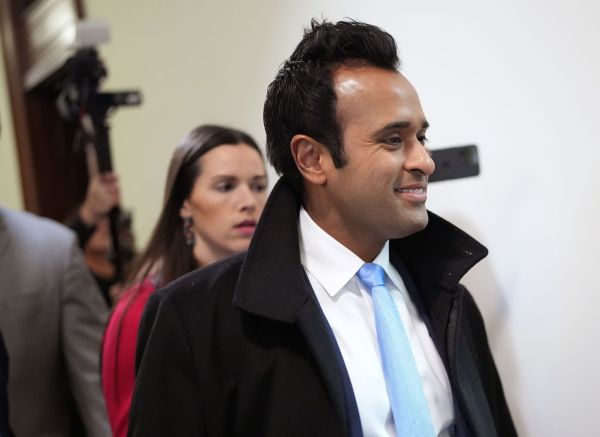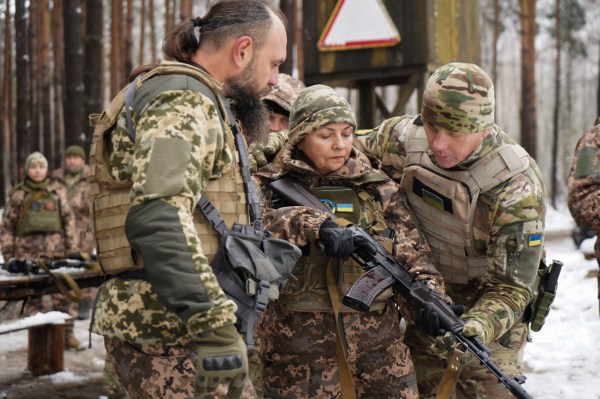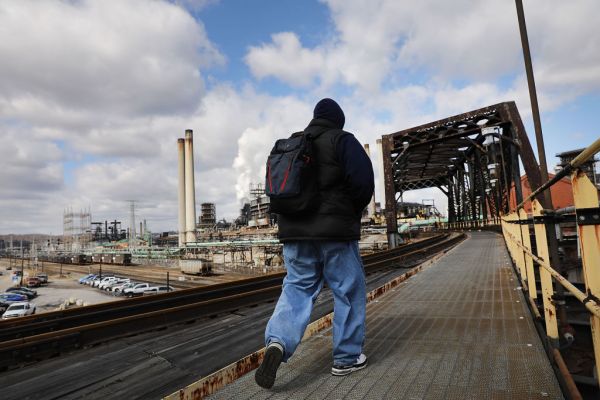I have taken unimpeachable precautions during this pandemic—my hair, which hasn’t seen a barber in months, can attest to that fact—and going to a movie theater, even with social distancing guidelines in place, still has some risk involved. But director Christopher Nolan’s film Tenet looked oh-so-enticing, and the AMC near me had a preview screening and, well, I took my first big risk of the COVID era. It was worth it. (Provided, you know, I don’t get sick.) Tenet is a masterpiece; a gloriously innovative storyline with incredible visuals to match, the perfect movie to mark the return of theaters because it captures so much of what makes the medium of cinema great.
(Jokes aside, I have to add the unusual but necessary note that I’m not sure that I can, in good conscience, encourage readers to go to the movies while coronavirus is still a pressing concern. After seeing the film, I returned to my strict adherence to CDC-recommended social distancing guidelines. But it’s a sunk cost at this point; I saw the movie, so here’s a review.)
Even more than most films, this movie deserves to be watched without having been spoiled. But some background is necessary, so consider yourself warned.
Tenet is a time travel movie, but one unlike any other film in the genre—at least any film I’ve heard of. It follows John David Washington’s character (he’s unnamed but identified as Protagonist in the credits) as he attempts to avert a world-ending event, in which the entropy of the entire world would be reversed. This process, which the film dubs “inversion,” was created in the future to allow objects and people to go back in time. This isn’t a classic take on time travel, where characters use a machine or portal of some sort to instantaneously travel back in time; an inverted person doesn’t jump from one point in the time to another, they remain in the timeline, moving against the flow of the time stream. Everything around them appears, to them, to be moving in reverse, while they appear to be moving in reverse to everyone experiencing time normally. This premise alone would make the film fascinating—especially with the clever ways in which the characters find to use time to their advantage—but how Nolan puts it to the screen is absolutely jaw-dropping. It would be easy enough to make things move in reverse, but Nolan puts the viewer in scenes in which there are characters on both sides of time: inverted characters interact with a backward world, fights take place between normal and inverted characters, bullets are caught rather than shot.
Nolan wisely doesn’t explain inversion through heavy exposition. Early in the movie, a scientist gives just enough information so that viewers have some understanding of what is going on, then that understanding of Nolan’s unique take on time travel grows just as the Protagonist’s does through watching it happen. The first half or so of the film is very good, but as our understanding of what is happening deepens Tenet gets better and better. Once you see how all the pieces fit into place and understand not just what is happening now, but what happened before, the film goes from being “very good” to being “outright amazing.”
Much of the film’s success is due to Nolan’s very solid casting choices. I knew and liked Washington from his starring role in BlackkKlansman, and his role as the Protagonist only deepened my fondness for him as an actor. He is what the American answer to James Bond would look like: charismatic, confident, and witty in a very USA type of way, with the screen presence necessary to carry out intense fight scenes. And in comparison to the Bonds of the silver screen, Washington’s Protagonist feels more real, displaying emotions and forming attachments. He’s a super spy, sure, but one that is still realistically human.
The Protagonist is supported by Neil, played by Robert Pattinson, who between this film and the upcoming Batman movie is likely about to experience the same level of fan obsession from young men as he did from young women during his Twilight days. Pattinson is delightful as Neil, providing occasional humor and an aura of mystery. His character’s background and motivations are murky, but Pattinson is careful never to play scenes that show this too obviously or over-the-top. Washington and Pattinson also play well off each other, forming a compelling and accurate depiction of male friendship that adds an emotional element. Rounding out the supporting cast is Elizabeth Debicki—who, between this, The Man from UNCLE and the Amazon miniseries The Night Manager is carving out a nice little niche in the spy genre—and Kenneth Branagh. Debicki plays the estranged wife of Branagh’s megalomaniacal Russian arms dealer, offering, as she always seems to, an excellent performance while Branagh plays his role in an aggressive manner that occasionally strays into scenery chewing.
I think I’ve said about as much as I can without revealing important plot details. Tenet is a film made for the big screen, a true cinematic experience, and it reminded me of what we’ve all been missing out on these past few months. As much as it’s hard to justify going to a movie theater during a pandemic, Tenet comes as close as possible to being worth that risk as any film probably can.









Please note that we at The Dispatch hold ourselves, our work, and our commenters to a higher standard than other places on the internet. We welcome comments that foster genuine debate or discussion—including comments critical of us or our work—but responses that include ad hominem attacks on fellow Dispatch members or are intended to stoke fear and anger may be moderated.
You are currently using a limited time guest pass and do not have access to commenting. Consider subscribing to join the conversation.
With your membership, you only have the ability to comment on The Morning Dispatch articles. Consider upgrading to join the conversation everywhere.